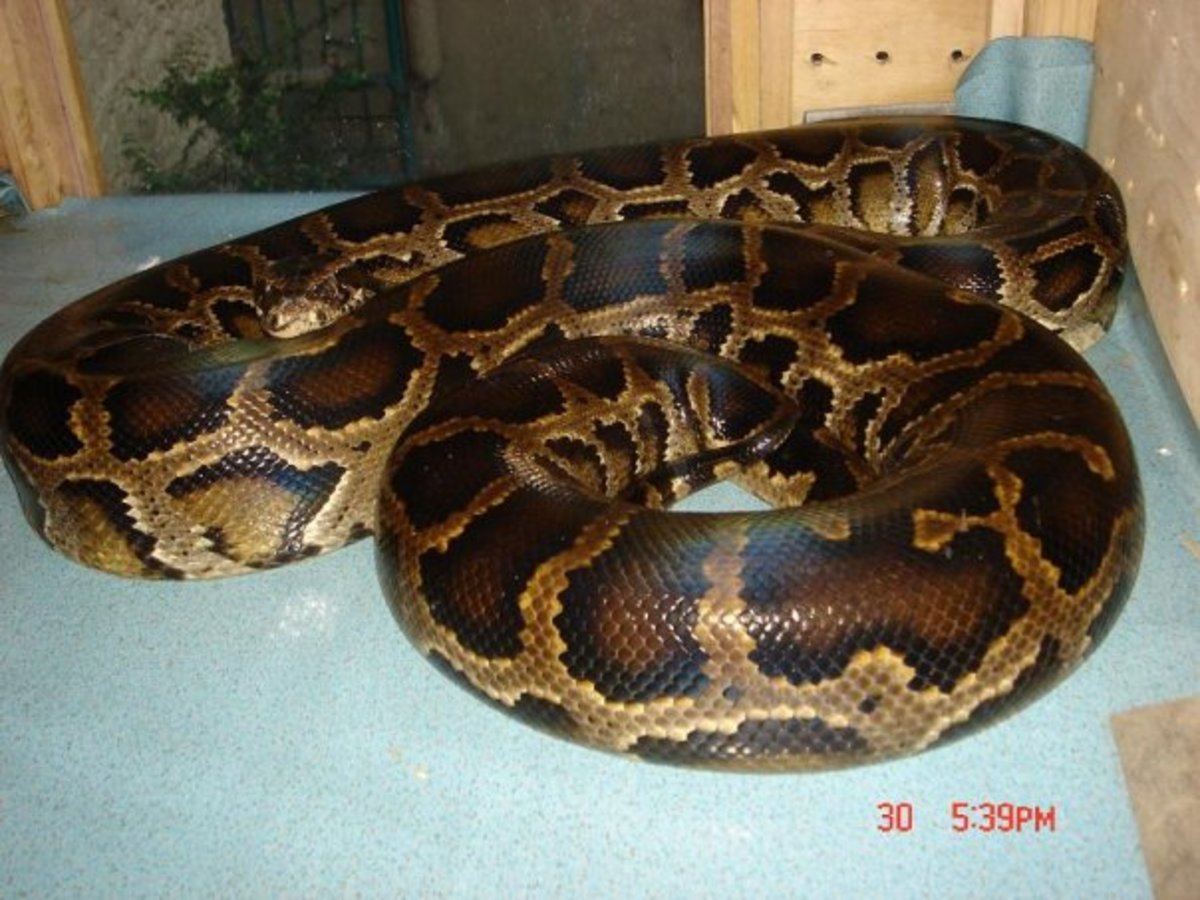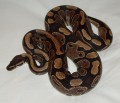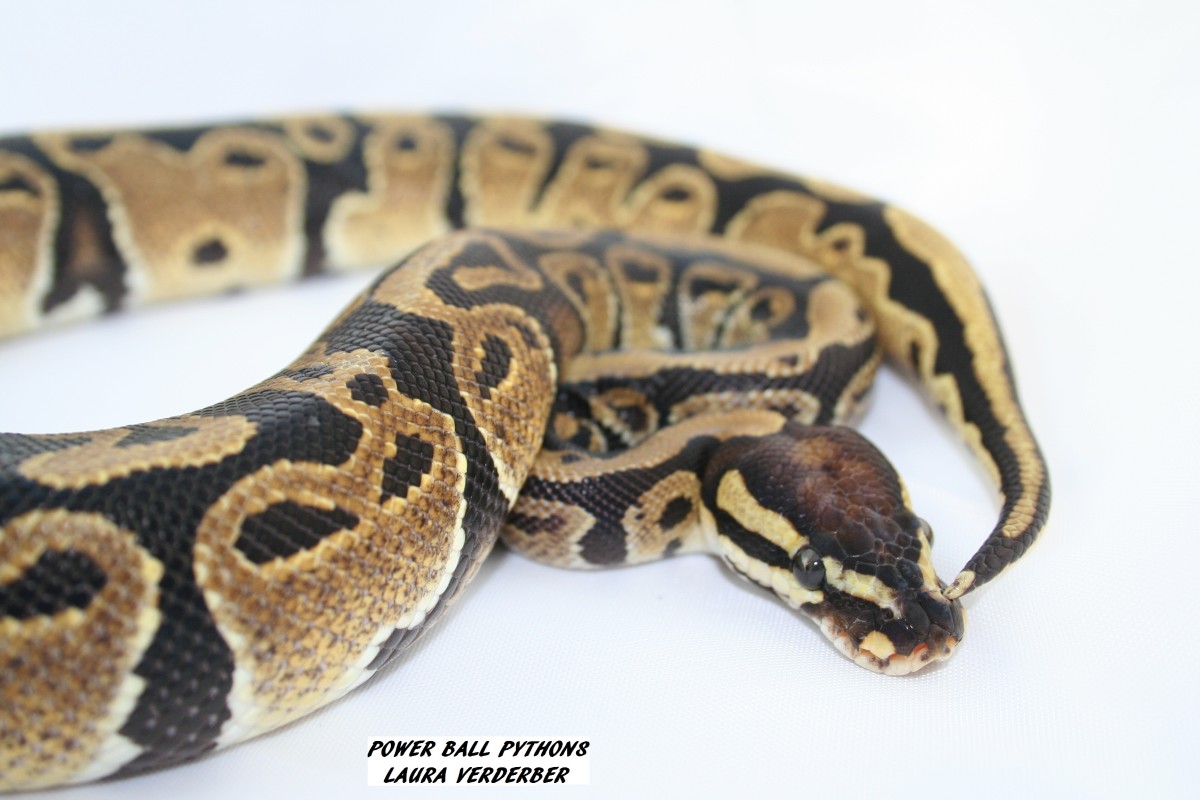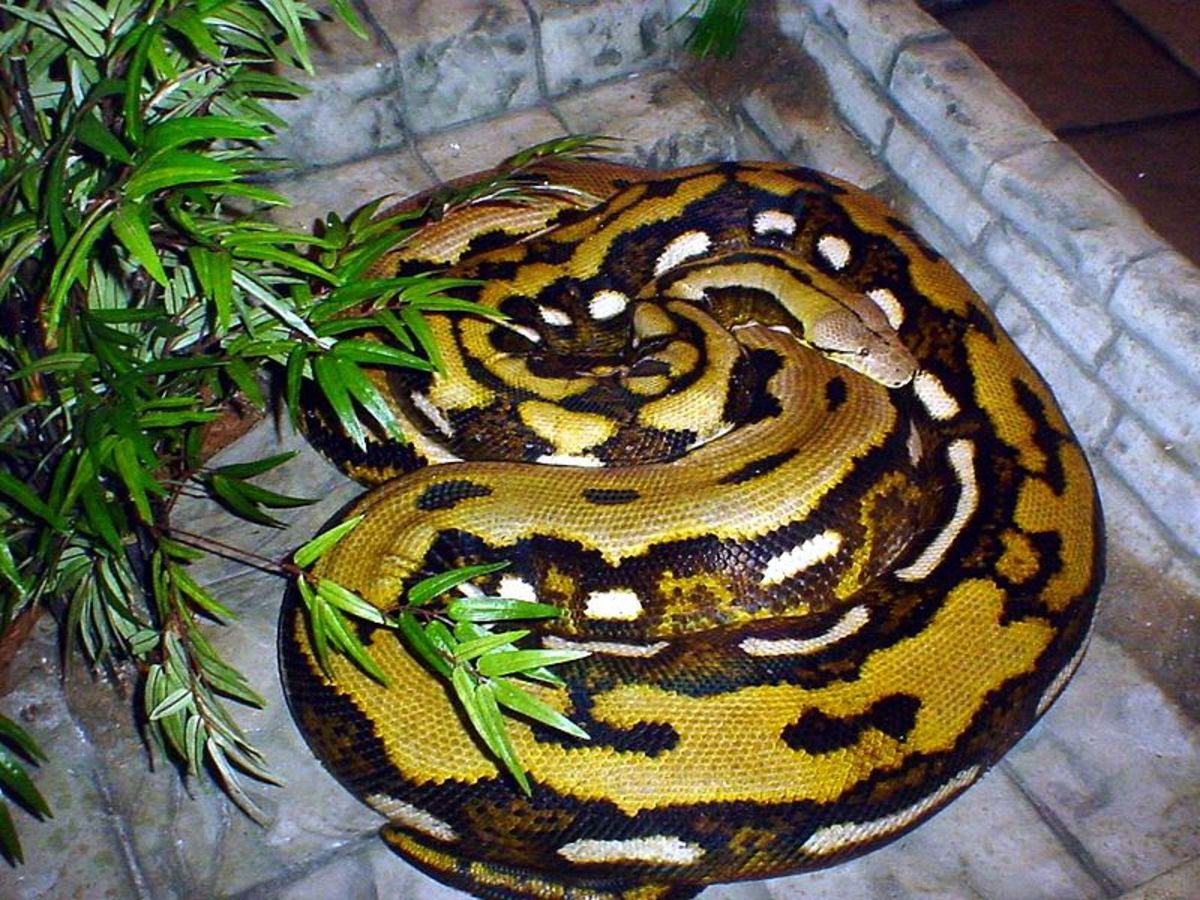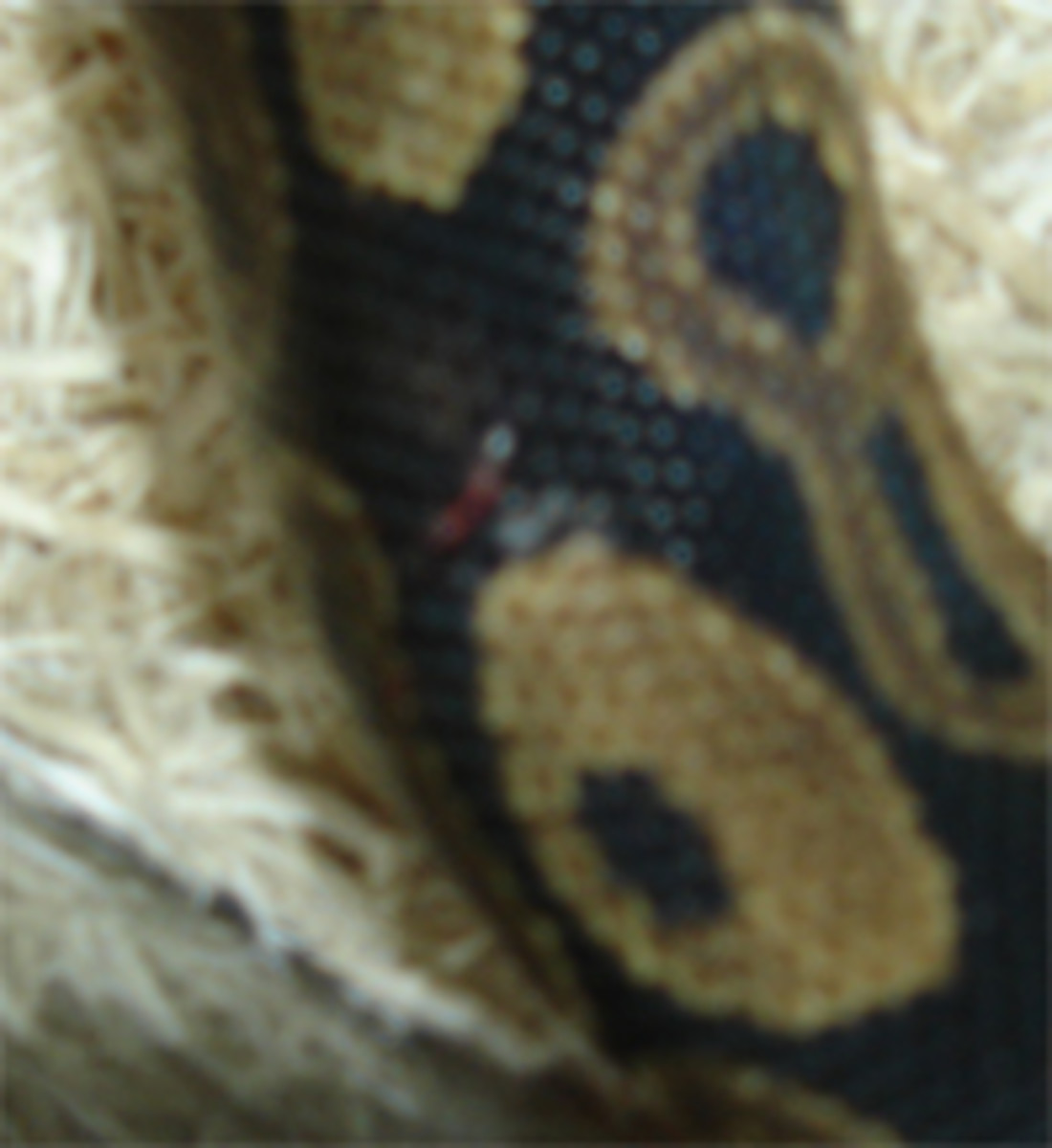Ball Python's Natural Habitat
Many people purchase a reptile for a pet with little or no understanding of that particular animal's native range, habits, or vital statistics. Understanding a small portion of the reptile's natural history may help to explain some of its habits. Being aware of the reptile's size, maximum length, longevity, and other factors will help you determine if the particular animal you are considering purchasing will be a good choice for your circumstances.
Range and Habitat
Ball pythons are native to West and Central Africa. This large area consists primarily of coastal African countries, with the ball python's range extending into a few interior countries such as Chad, Sudan, Mali, and the Central African Republic. It is interesting to note that the geographic range of the ball python does not extend below the equator into the southern hemisphere.
The preferred habitat of the ball python is grasslands and savannas, although they sometimes are found in forested areas. In grasslands, ball pythons can occasionally be found living in termite mounds, although they are more likely to live in rodent burrows—where it's highly likely that the previous owner of the burrow became a meal for the ball python. It is not uncommon to find more than one python in a burrow; however, once females begin to brood their eggs, males do not stay in the burrow with them. Occasionally, more than one brooding female may inhabit a burrow, possibly because of a lack of good nesting spots in a given area.
Ball pythons do not appear to be disturbed by the activities of man and are common in agricultural areas. There's rarely a shortage of rodents in farm land, so it makes sense that, with this great abundance of available food, the ball python would be there to exploit it.
Since ball pythons range fairly close to the equator, they experience very little variance in their light cycle on an annual basis; the closer to the equator, the more equal are the lengths of day and night during the entire year. The average temperature in the area that they inhabit is also fairly warm, with some areas having an annual average temperature of as high as 85°F (29.4°C).The grasslands and savannas where ball pythons live also experience two distinct seasons, wet and dry. The dry season generally lasts from November through April. It is important to note that ball python eggs begin to hatch at the beginning of the wet season, when food is more plentiful and humidity is very high. The dry season sees very little rain, but humidity may still be as high as 80 percent.
- Dealing with Ball Python Feeding Problems
One of the most common health problems with ball pythons is their failure to feed on a regular basis or at all. This is commonly seen with imported ball python adults, since they do not readily recognize a... - Tips for Choosing the Right Substrate for a Ball Python Cage
Many different types of products are available to use as a substrate or bedding for reptiles, but not all of them are suitable for a ball python. When considering which substrate to use, take into account the... - Tips for Purchasing a Healthy Ball Python
Once you have decided where to purchase your snake, the next step is to choose a healthy ball python. When buying over the Internet, you must rely upon the integrity and reputation of the seller, which is why...

